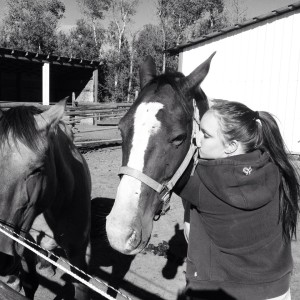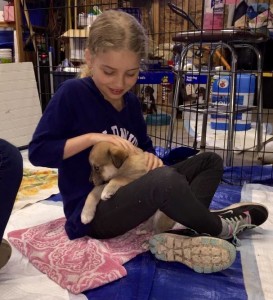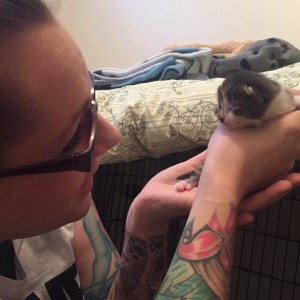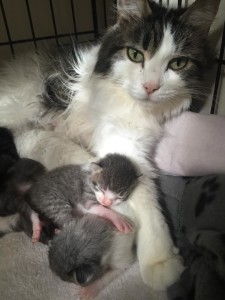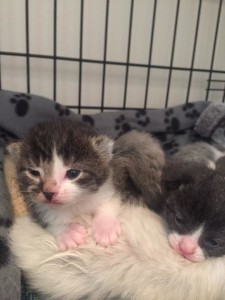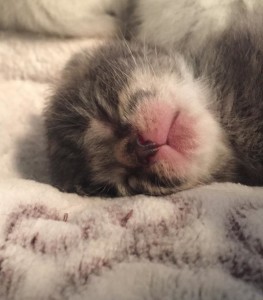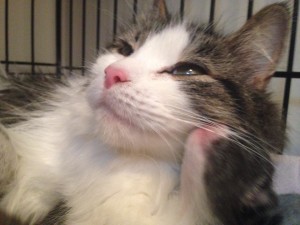By: Shasanna Browne
How much would you pay to save the life of your best friend?
That is a question that many pet owners eventually face. The advancement of modern technology has allowed us to make significant gains in the field of animal healthcare, resulting in an improved ability to identify and address the medical problems afflicting our furry companions. Unfortunately, these gains are associated with rising equipment, medication, and facility costs for veterinary clinics and the pet owners who frequent them. Anyone who has taken their pet to a veterinarian for even a small incident knows that the bills add up quickly.
So many of us have animals that have been integrated into the family, becoming focal points of their owners’ lives. These pet owners are often willing to dedicate significant financial resources to treating their ailing pets. When faced with the possibility of expensive veterinary bills, owners may be forced to choose between their own economic security and the lives of their companions.
Acquiring pet insurance can help animal owners provide necessary medical care to their furry family members without being crippled by veterinary costs. This article will cover some of the important things to consider when assessing the pros and cons of pet insurance in order to help you make a fully formed decision. Of course, I would encourage you to undertake formal research on your own to find the best fit for your family.
1) How old is my pet?
The importance of this question is multifactorial. The age of your pet can influence the cost of pet insurance premiums; as a general rule, the older a pet is, the more an insurance company foresees having to pay out in order to maintain the animal’s health. Registering your pet for health insurance later in his or her life can also mean that there will be a number of pre-existing conditions that may not be covered by your insurance plan. For these reasons, it’s important to purchase pet insurance as soon as possible and ensure that you are fully aware of any pre-insurance health conditions that you may have to pay for out-of-pocket later.
2) What breed is my pet?
As is the case with car insurance, the pet insurance company you are considering has identified specific breeds that they deem to be “high risk”. This may be based upon general statistics regarding certain breeds’ behaviors, or upon the likelihood that specific breeds will fall victim to expensive diagnoses more often than others (i.e., hip displaysia). You may discover that certain conditions which are likely to arise in your pet’s life will not be covered by your plan, and/or that you will be penalized by higher premiums. Some insurance companies may deny insurance altogether for high-risk breeds.
3) What is covered under the plan?
Make sure that you carefully examine the coverage details and plan commitments for each pet insurance company you are looking at. Many plans only offer coverage up to a certain dollar amount per accident or illness, or have a cap on the amount you can claim within your pet’s lifetime. It’s essential to gauge whether you are willing to sacrifice having access to sufficient coverage when you need it for a cheaper premium. Ensure that you are aware of the percentage that your prospective plan will cover for each claim, as well; even if it covers 80%, that 20% that you have to pay on your own is very significant on a $10,000.00 vet bill. Pay close attention to the dental coverage details, as well; there are typically many stipulations associated with pet dental insurance.
4) What is the premium structure based on?
As mentioned earlier, your pet’s age and breed can impact the amount you pay for pet insurance. You may pay more in premiums because the cost of veterinary care is higher where you live. Some pet insurance companies may also increase your premiums when you make a claim, so make sure you carefully examine what impacts your insurer’s premium increases. It is common for pet insurance companies to raise your premium periodically (i.e., annually) based on veterinary expense inflation. You will also want to research the deductible assigned to each plan and consider whether you will have trouble paying that deductible if and when you take your pet to the veterinarian.
5) You may never actually use your pet insurance.
Pet insurance plans don’t generally cover “routine” or preventative veterinary costs such as annual examinations and vaccinations. When a condition arises, the preliminary examination to determine the diagnosis and appropriate course of treatment often will not fall under the scope of your insurance coverage. It’s entirely possible that your animal could go the entire course of his or her life without any large-scale accidents or illnesses. You will need to weigh whether having peace of mind for the duration of your pet’s life overshadows the possibility that you may invest thousands of dollars into a service that you never need to use. If this thought is deterring you from purchasing pet insurance, consider obtaining a pet insurance quote anyway and squirreling that money away in a “pet fund”.
I have pet insurance for my two little dogs, and I am very happy with my provider. When one of my pets required $10,000.00 in treatment for a pancreatitis attack two years ago, 90% of my bill was covered and I was able to provide him with the best care possible. He survived, and has been perfectly healthy ever since! On the other hand, I have hardly used the pet insurance for my other dog. Despite this, it’s a relief to know that access to medical care won’t be an issue should something arise in the future.
Zoe’s Animal Rescue has partnered with Petsecure and we do offer six weeks of free coverage when you adopt one of our animals. After the six weeks has elapsed, you can decide whether you would like to take on the premiums and continue with Petsecure’s insurance plan.
If you’re uncertain where to begin, most pet insurance companies offer free quotes online or via telephone. You can also find websites which provide at-a-glance cross-comparisons of different insurance plans. You can gain invaluable insight from the pet owners in your life; they will be able to provide you with personal accounts of terrifying vet bills, and share pet insurance customer service stories to factor into your decision.
Responsible pet ownership goes beyond meeting your animal’s basic needs for food, water and shelter. Pet insurance can equip you with the funds and resources to provide your pet with the medical care they need, when they need it.
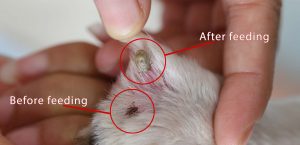




 But a puppy should not be going to its new forever home until at least 8 weeks of age, 12 weeks is preferable. Here are some reasons why:
But a puppy should not be going to its new forever home until at least 8 weeks of age, 12 weeks is preferable. Here are some reasons why: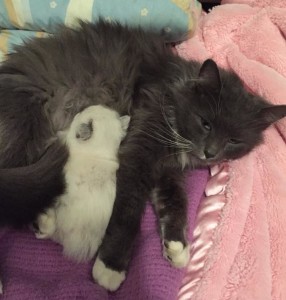
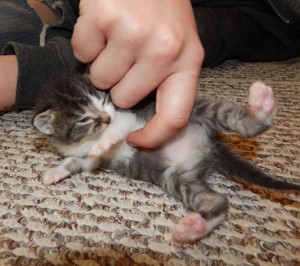 at least 8 weeks old. In most states in the US it is illegal to adopt or sell any animals under 8 weeks of age. And in Canada they might be following suit. Good breeders would never ever sell a puppy under 8 weeks of age nor any good rescues. Sadly some feel if they are eating solids then they are ready to go which is not the case. They may be ready physically but mentally they are far too young to cope with the trauma of a whole new life without momma and litter mates. Before you decide to adopt such a young kitten or puppy think if it’s the right thing to do for that puppy or kitten. Waiting a few more weeks to give them the best chance in life will be truly be worth it in the end.
at least 8 weeks old. In most states in the US it is illegal to adopt or sell any animals under 8 weeks of age. And in Canada they might be following suit. Good breeders would never ever sell a puppy under 8 weeks of age nor any good rescues. Sadly some feel if they are eating solids then they are ready to go which is not the case. They may be ready physically but mentally they are far too young to cope with the trauma of a whole new life without momma and litter mates. Before you decide to adopt such a young kitten or puppy think if it’s the right thing to do for that puppy or kitten. Waiting a few more weeks to give them the best chance in life will be truly be worth it in the end.
